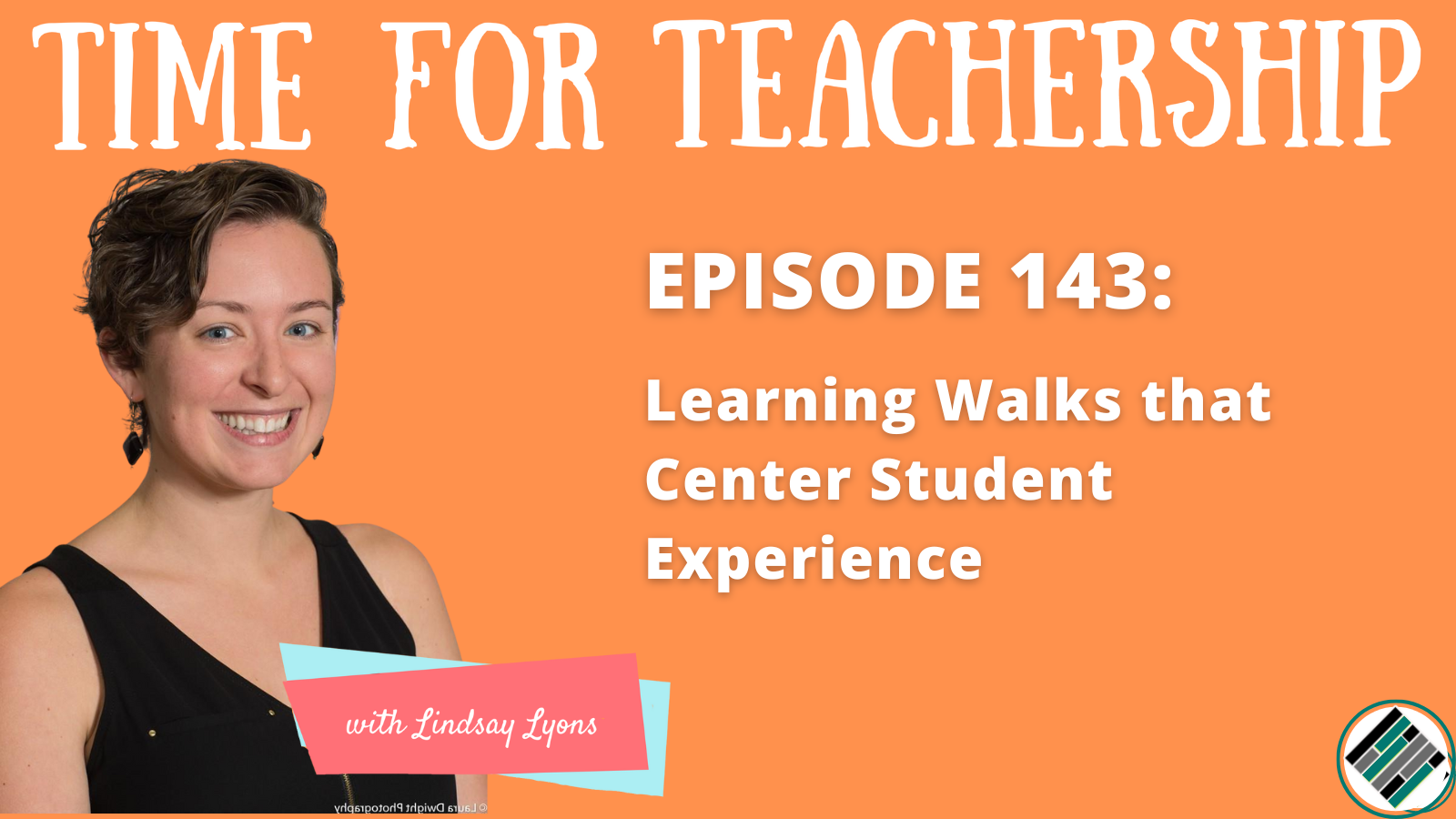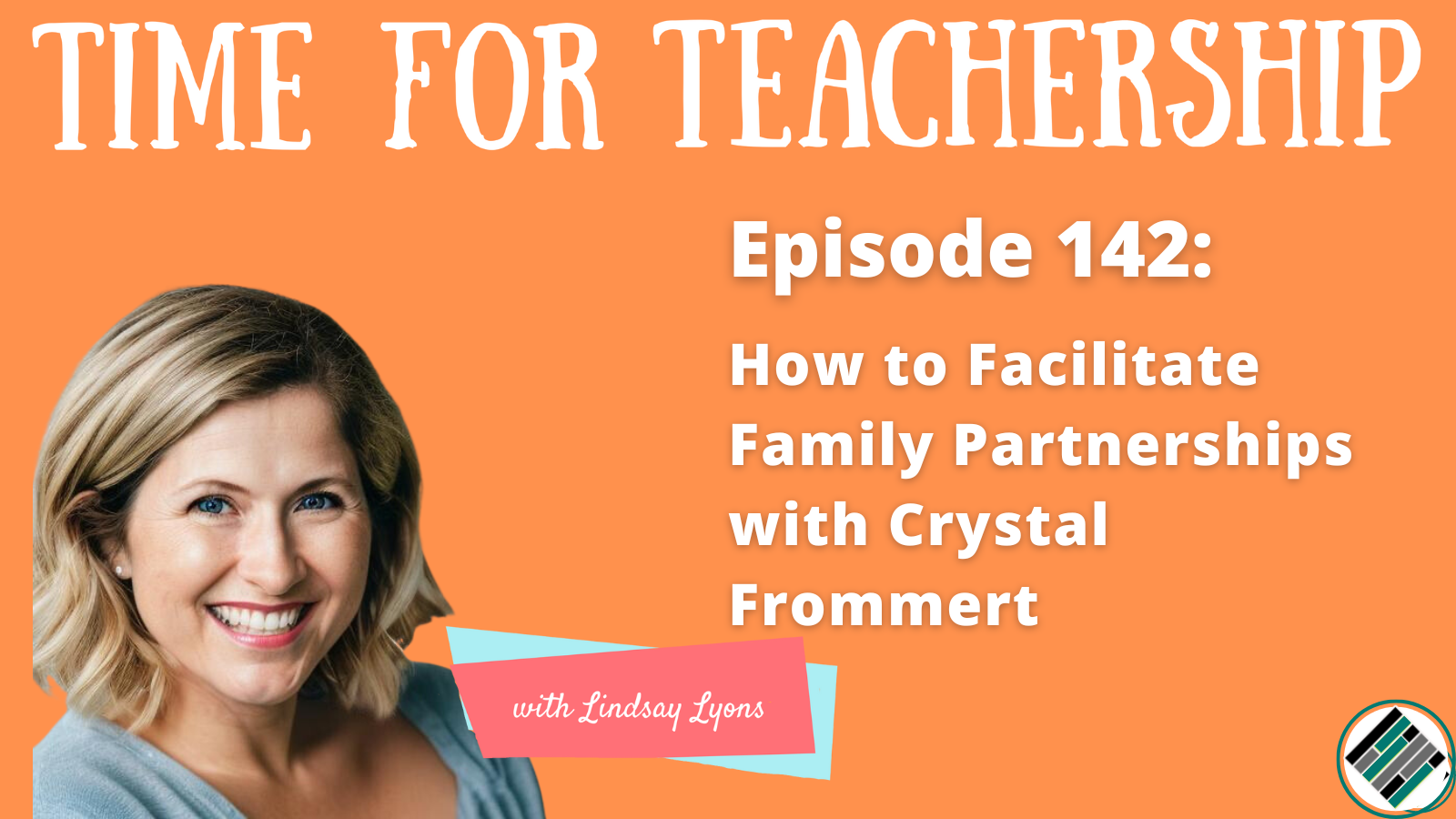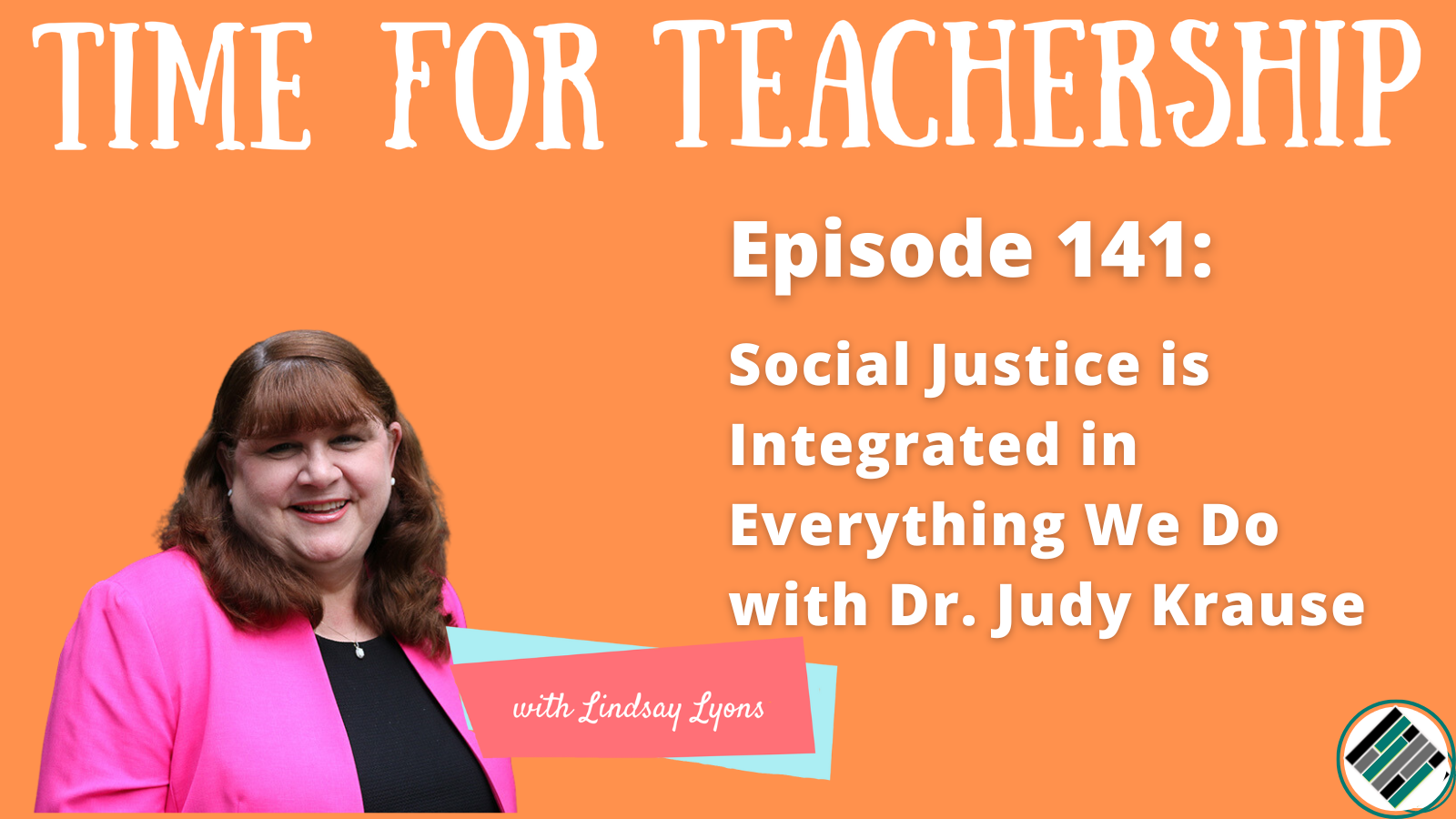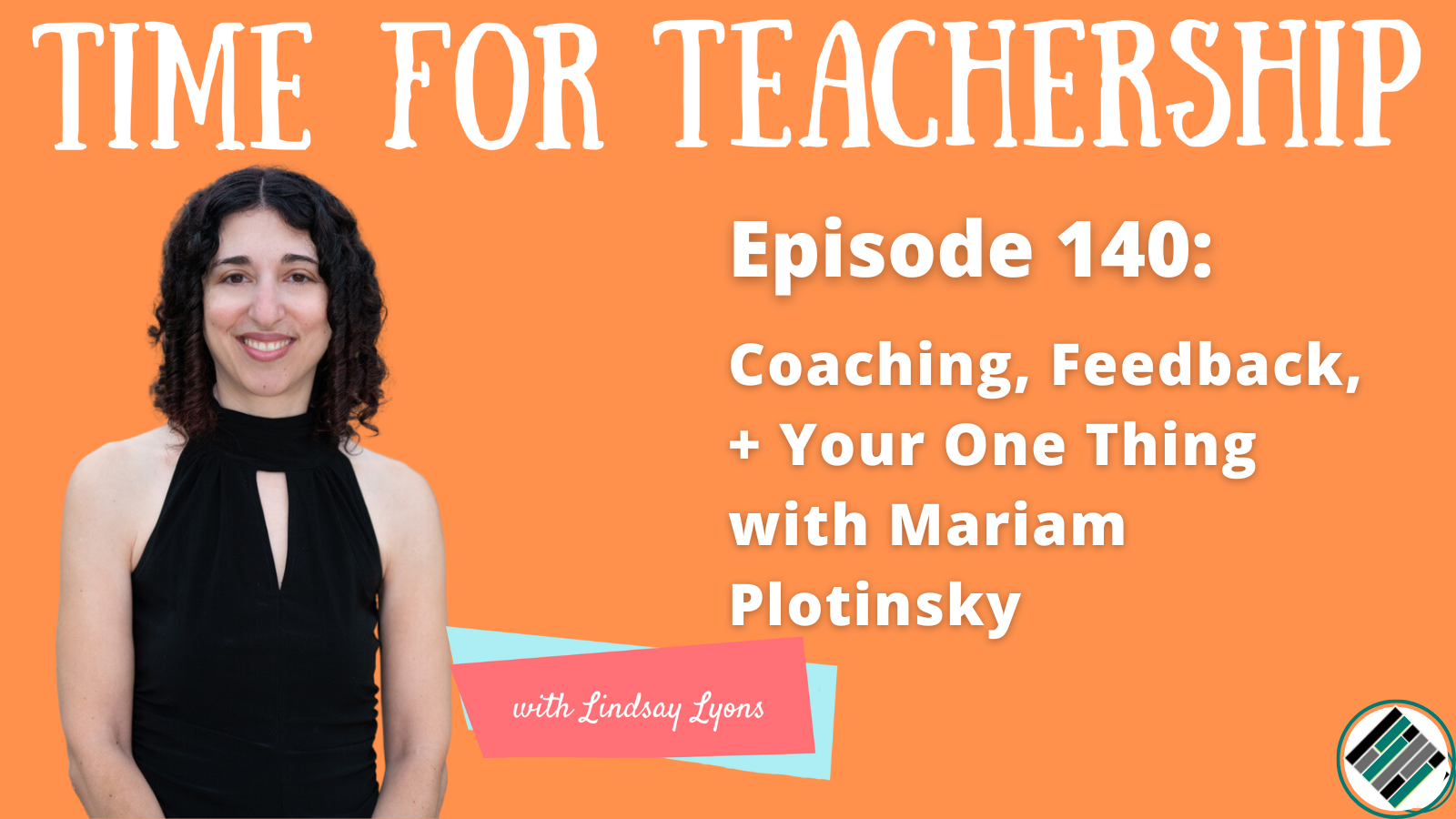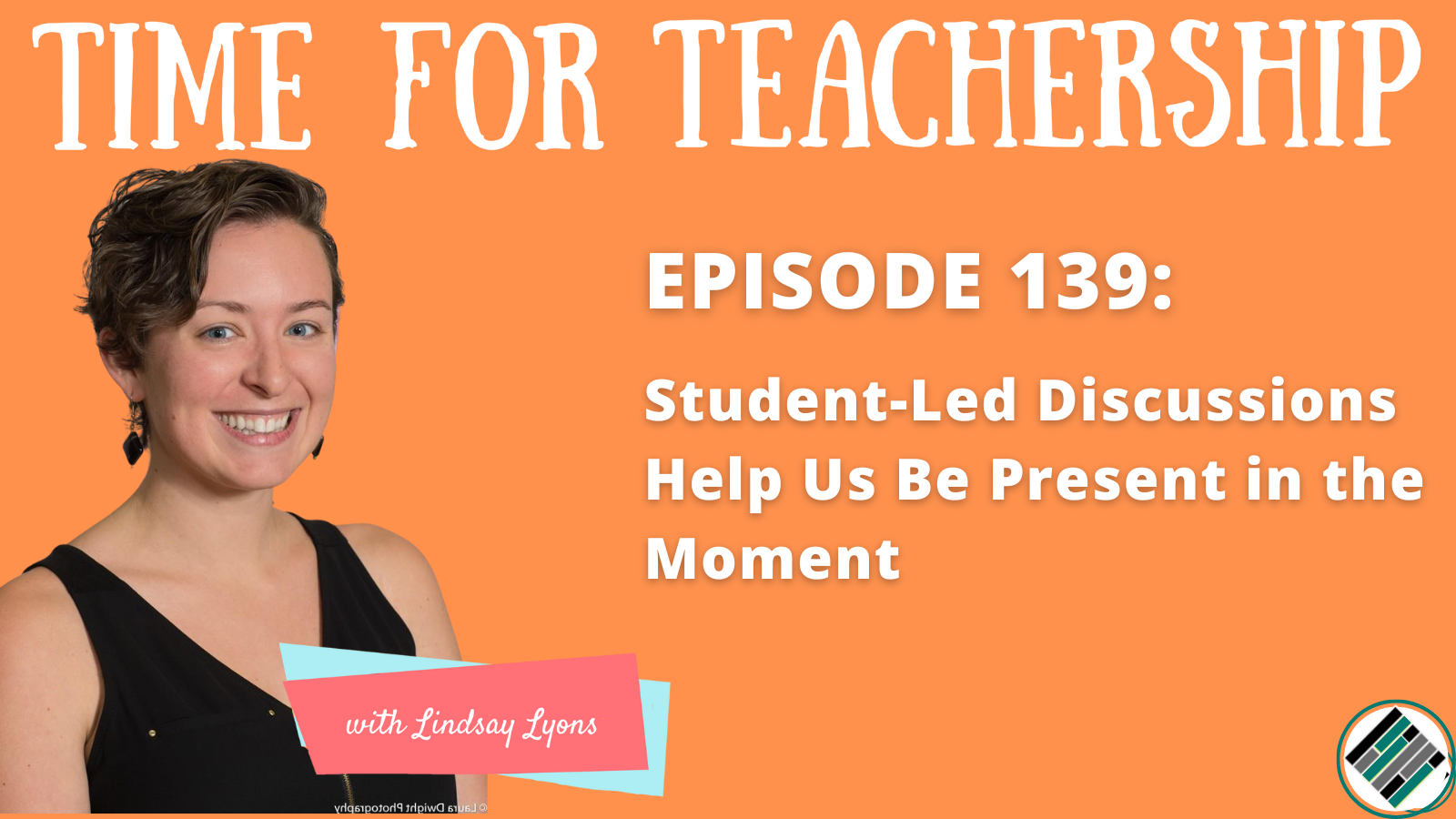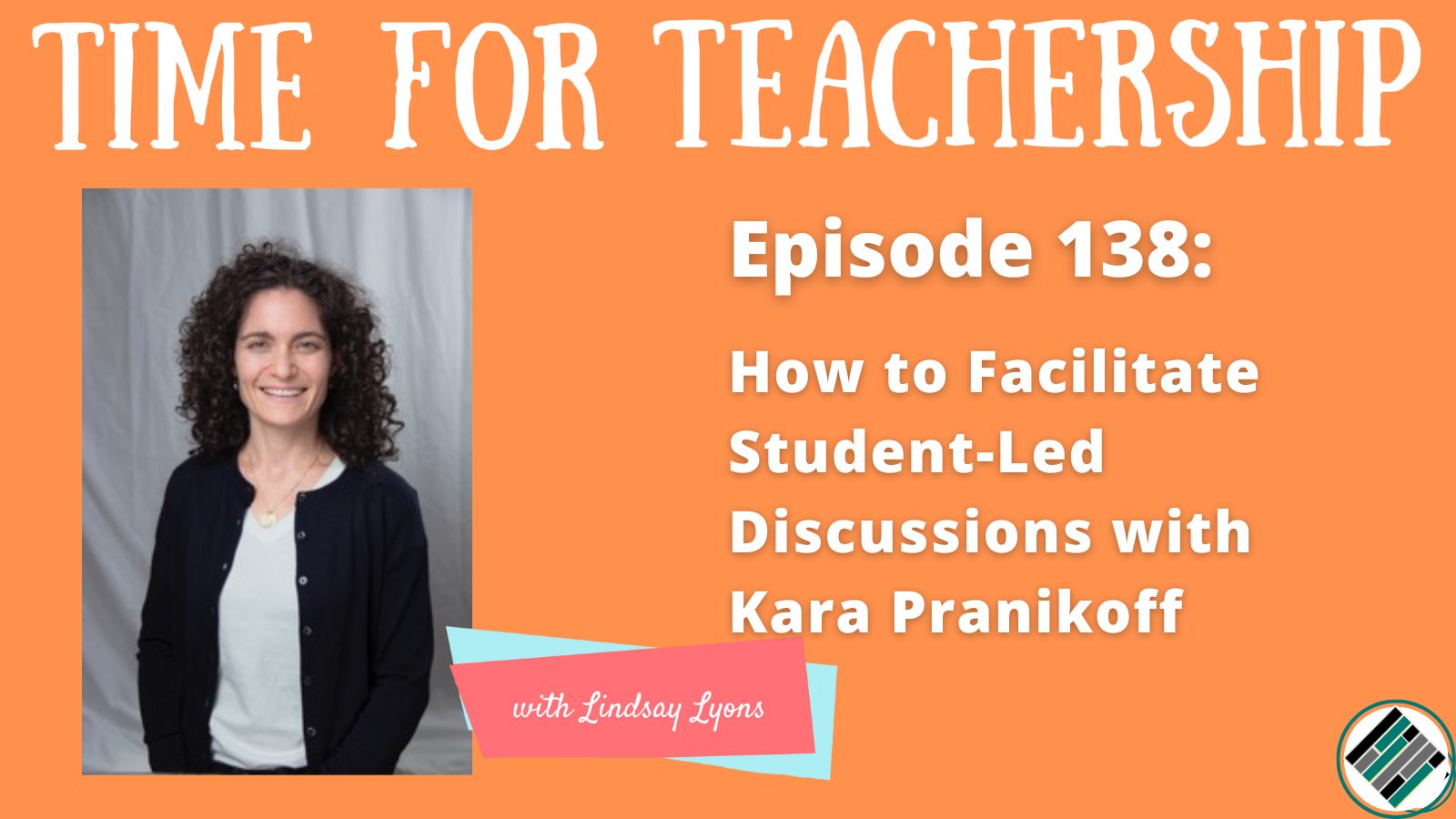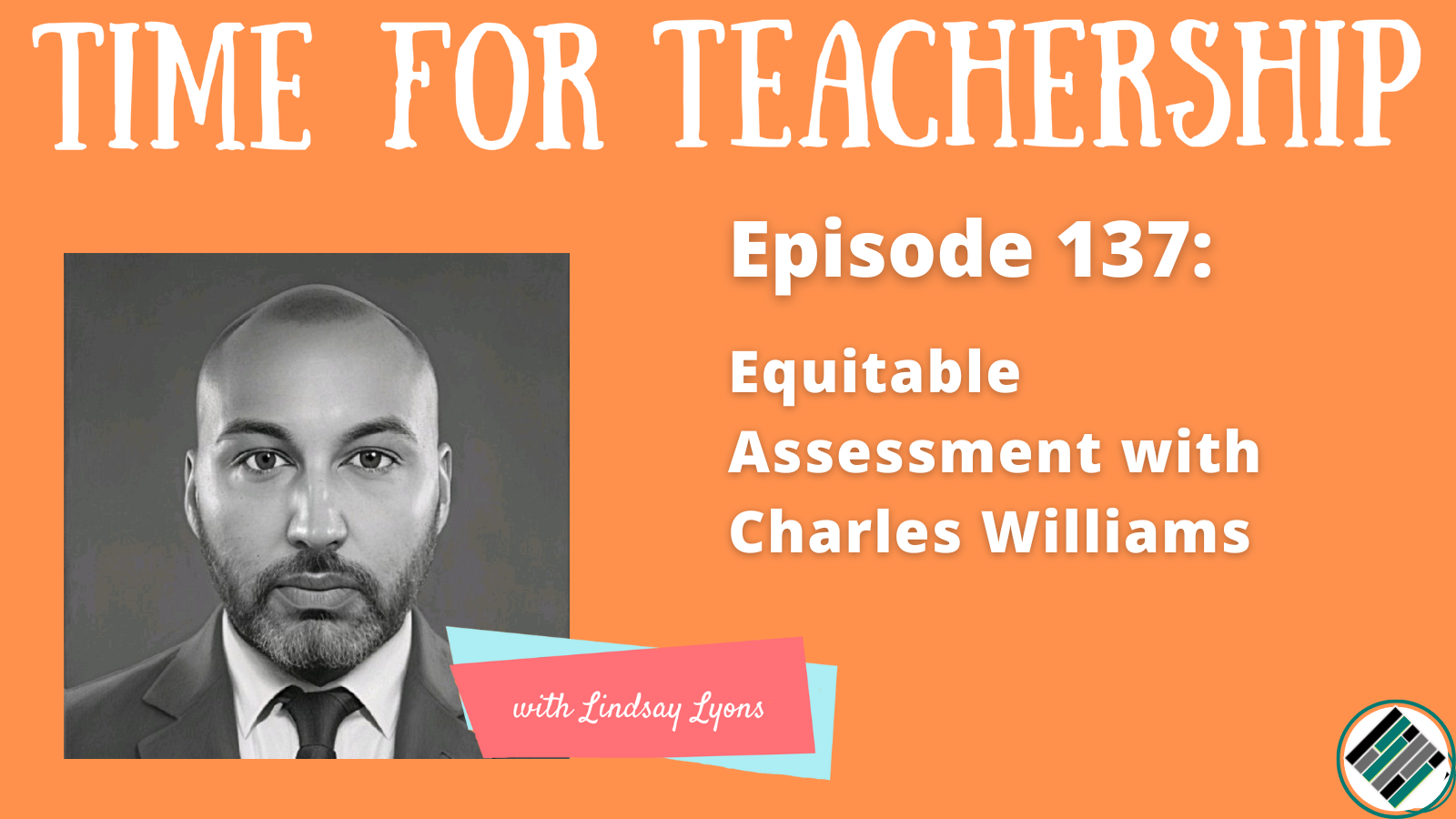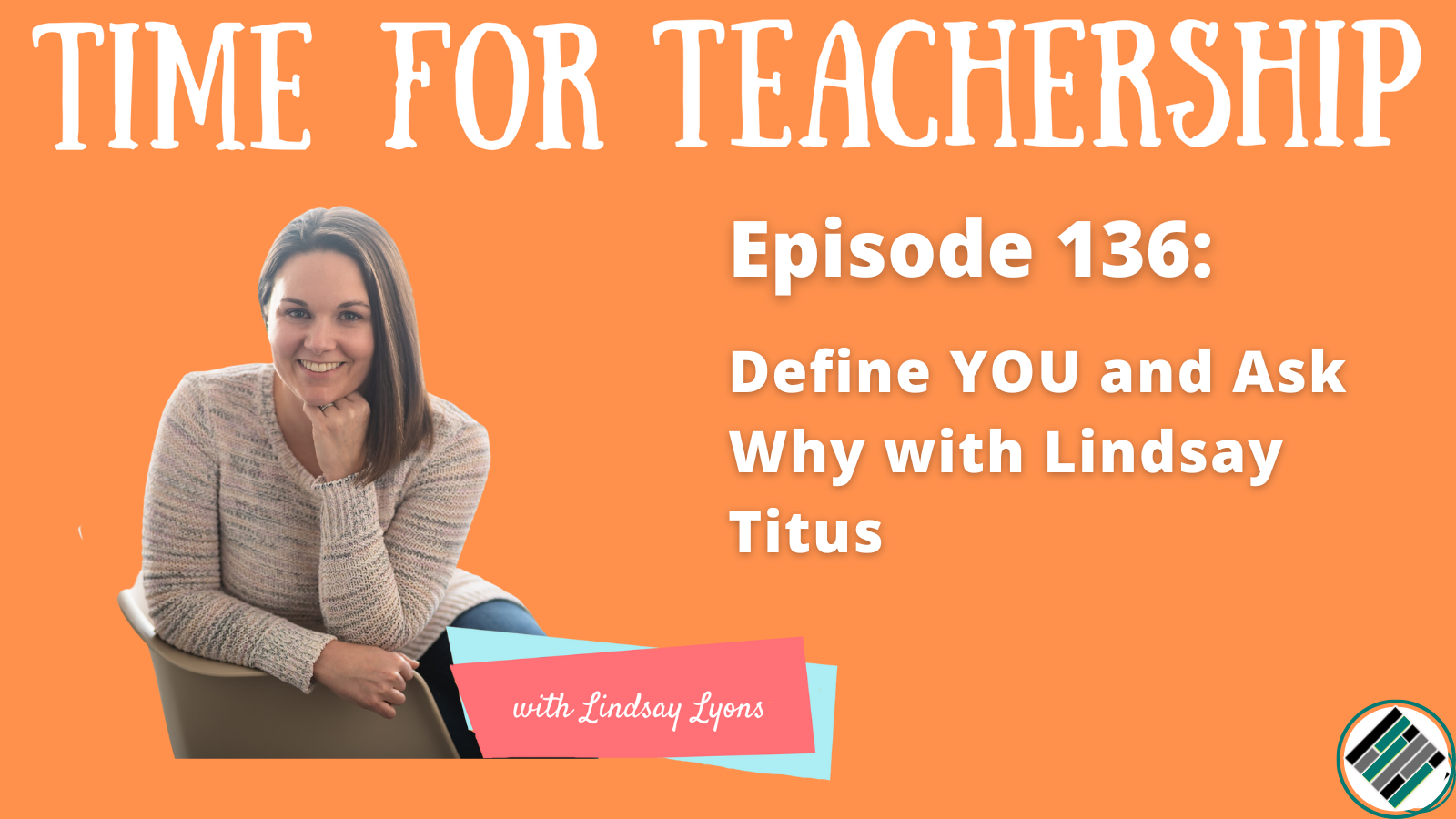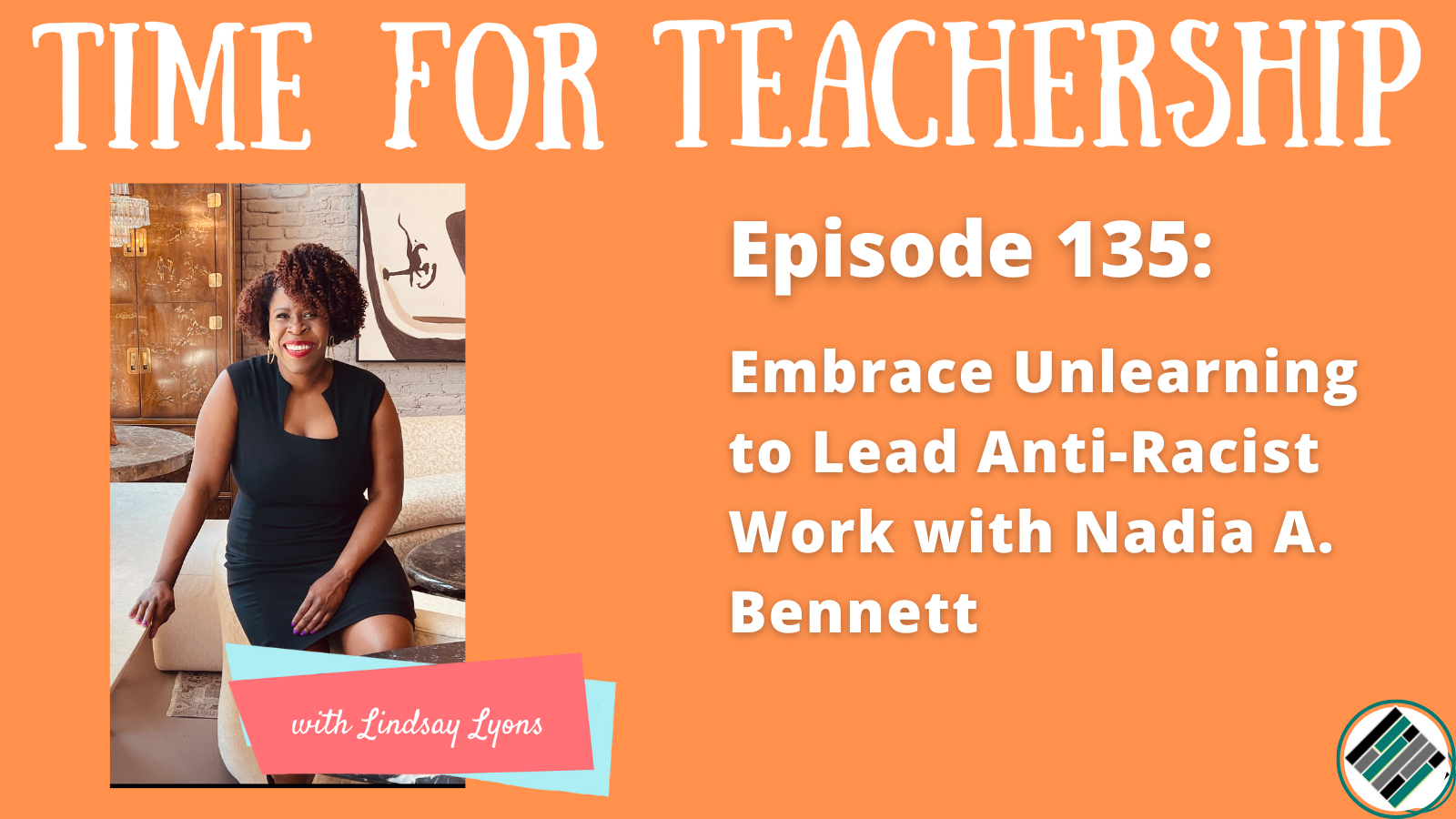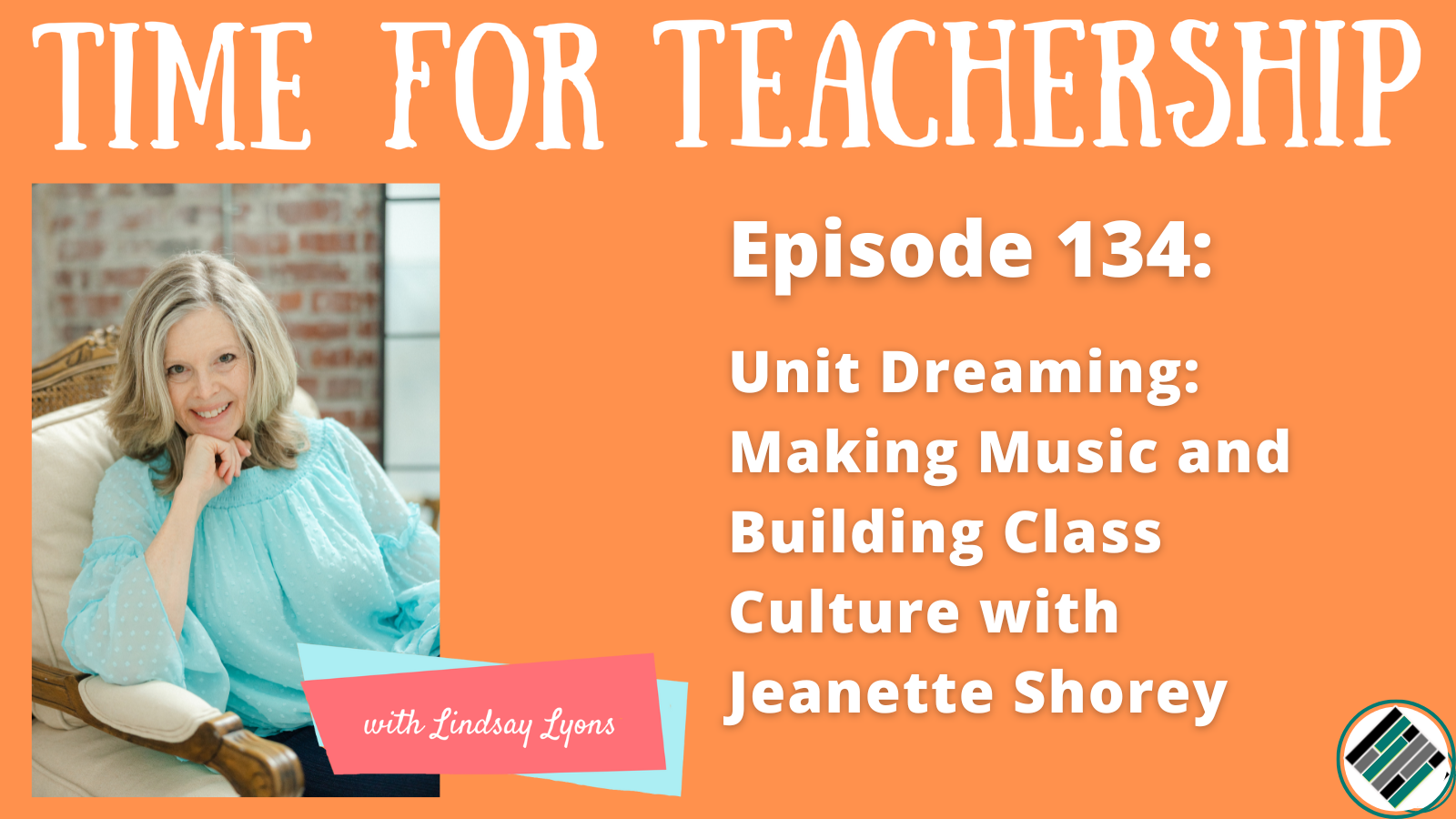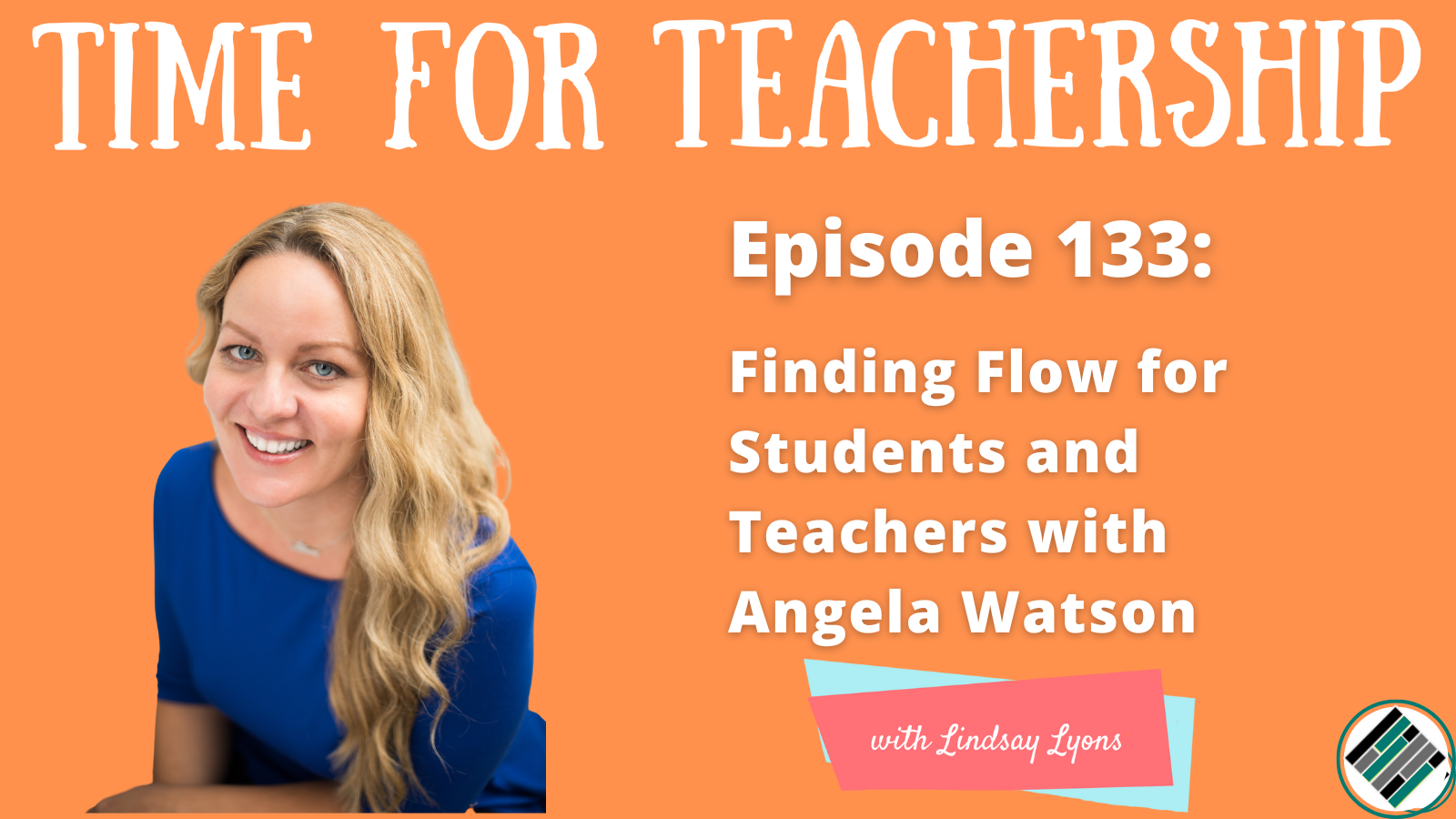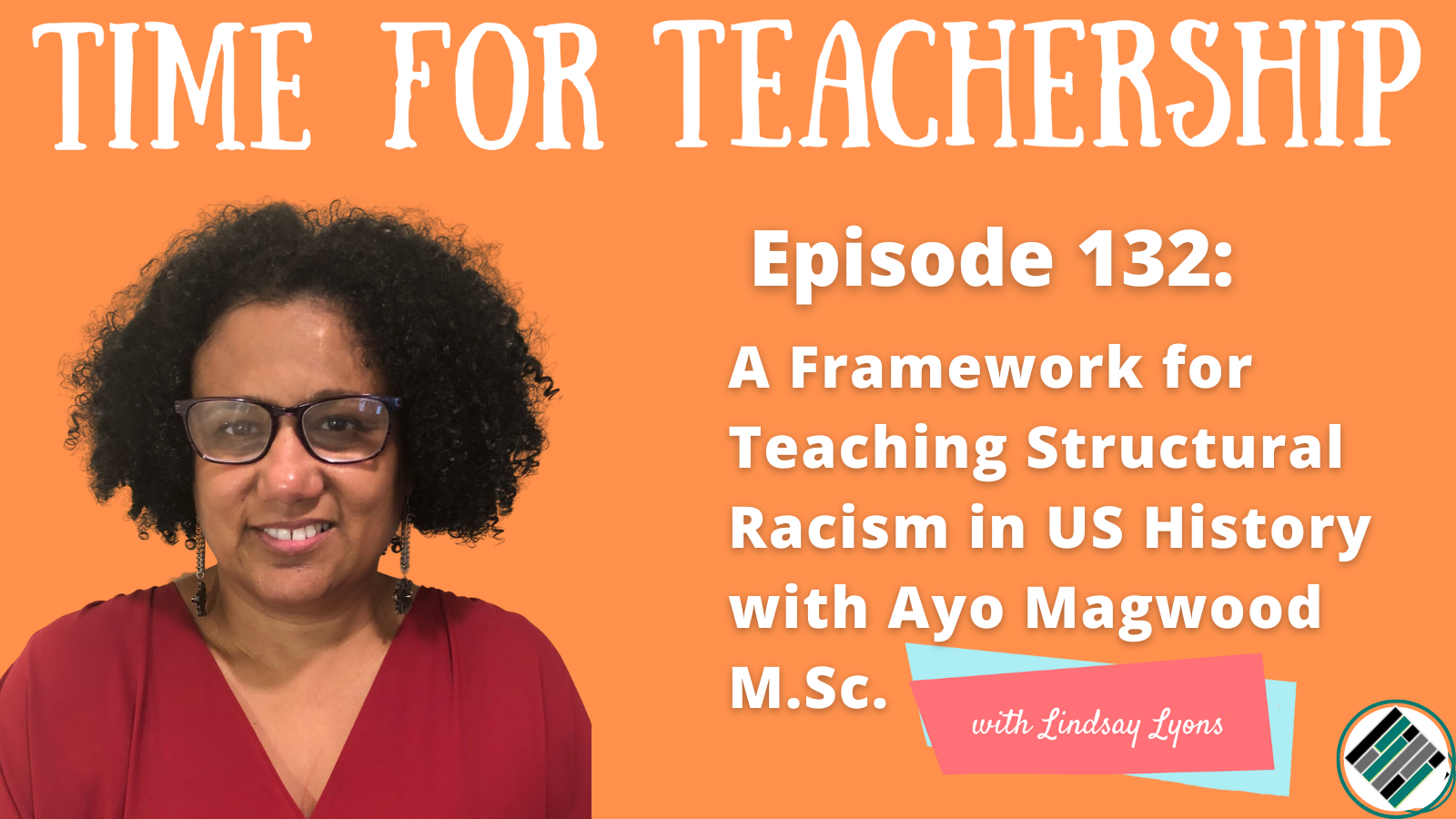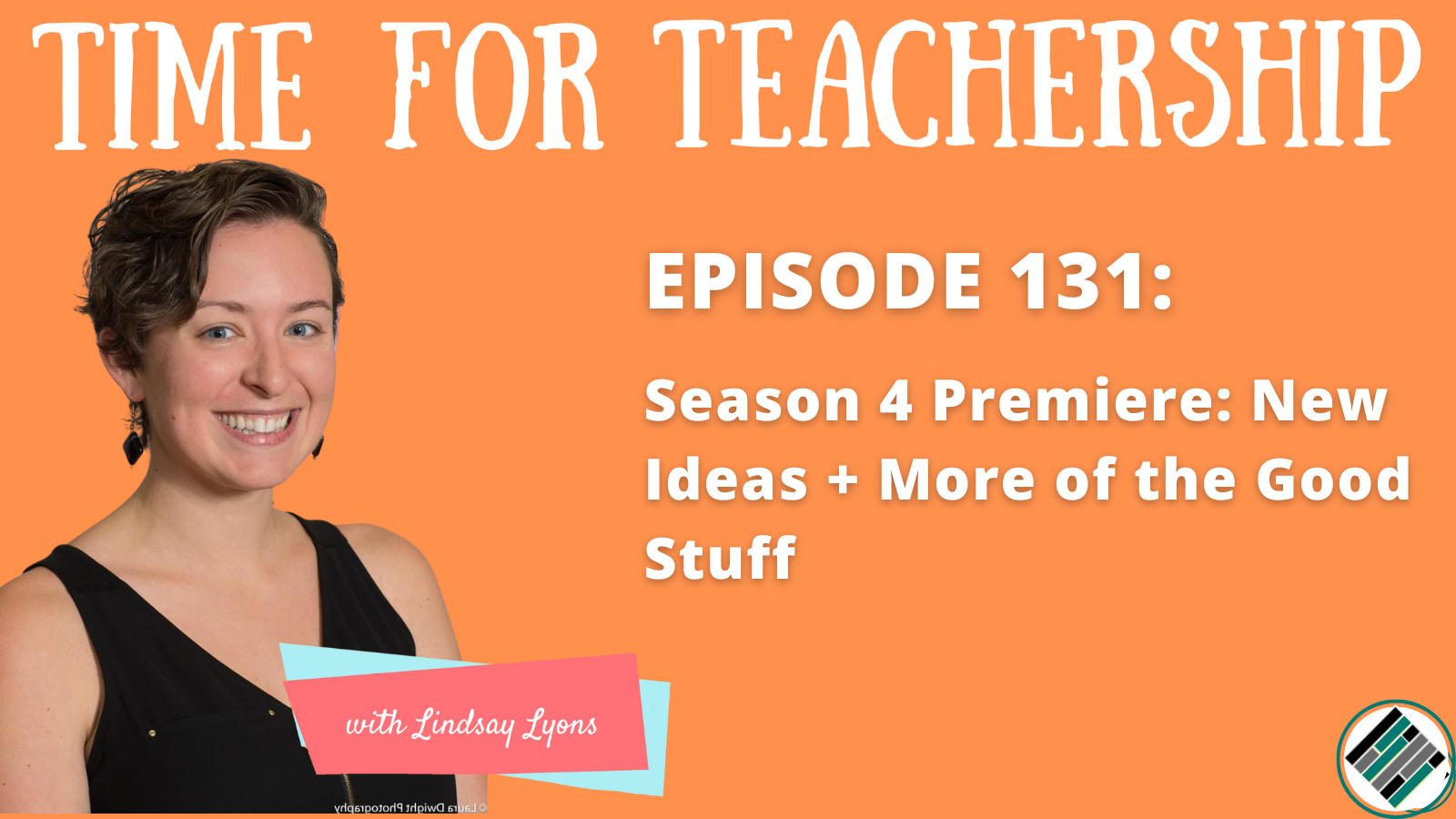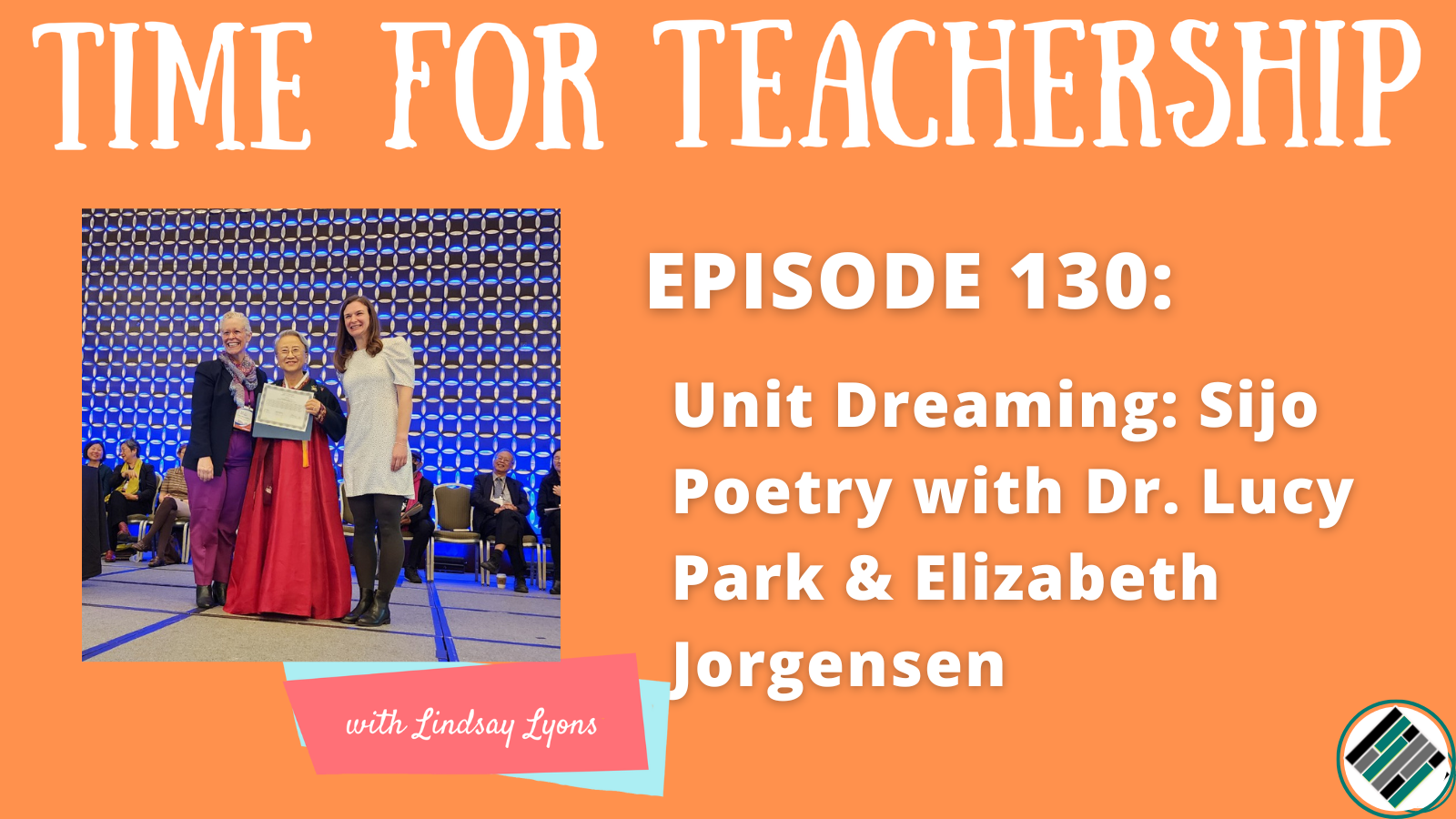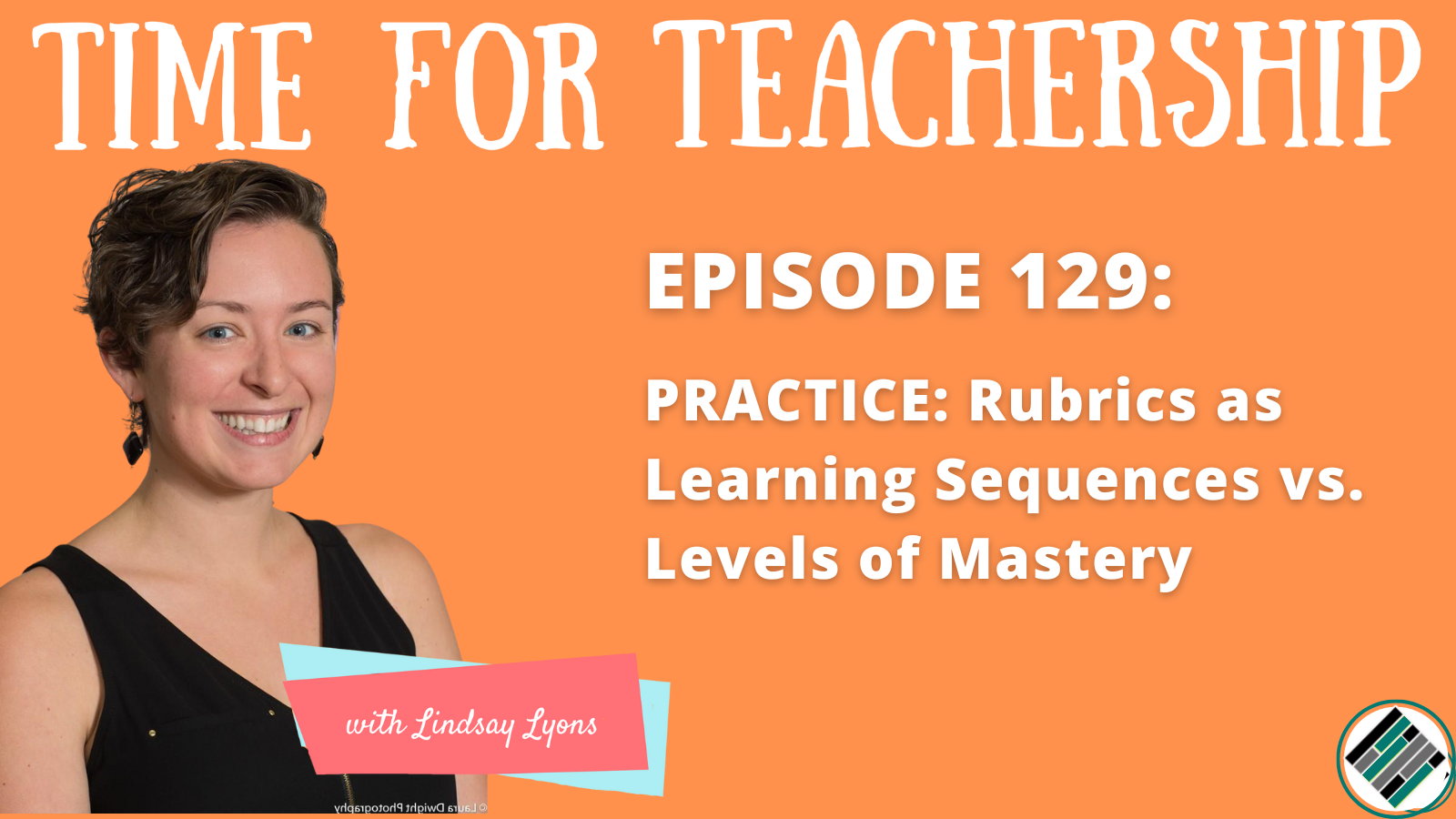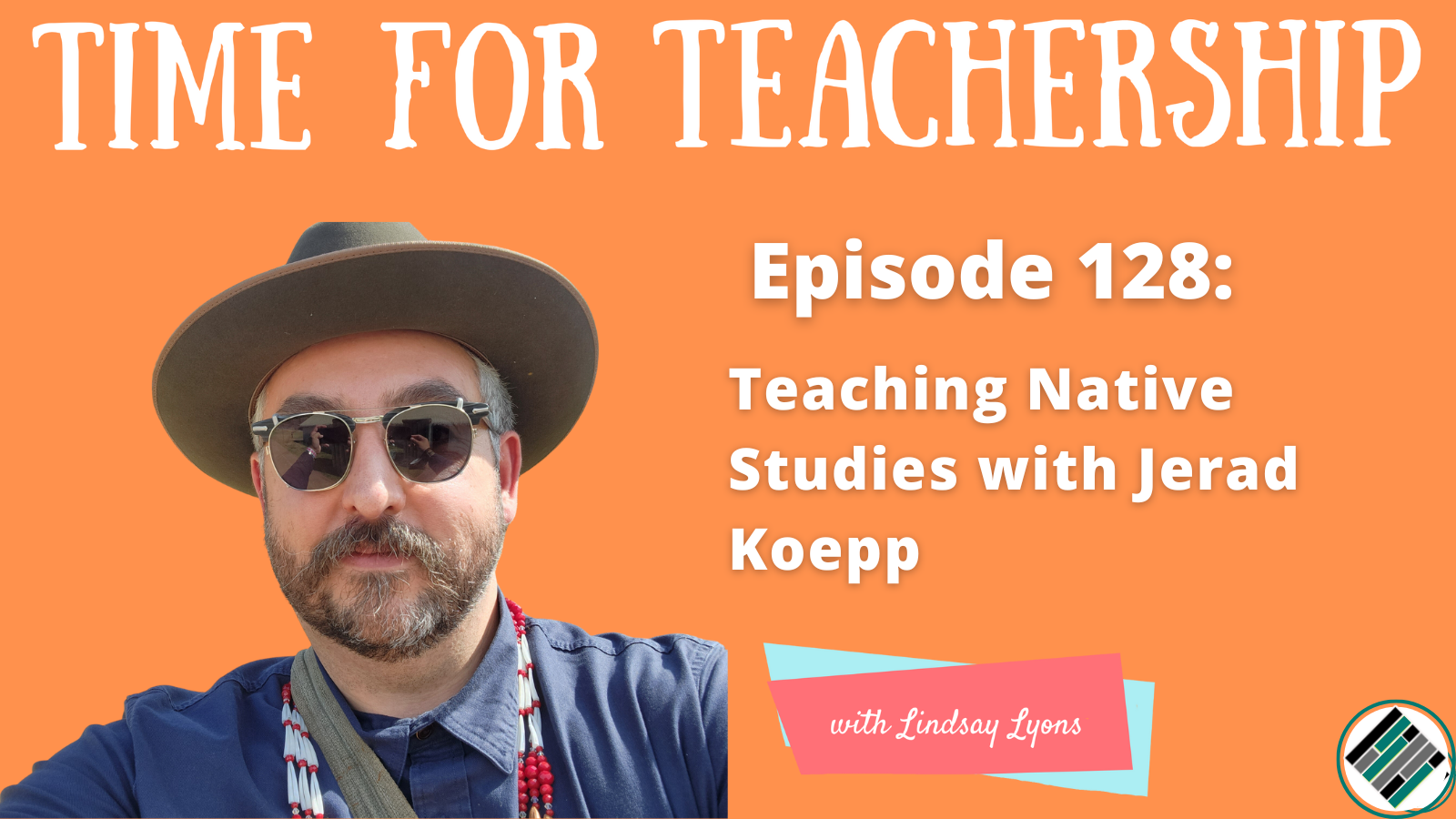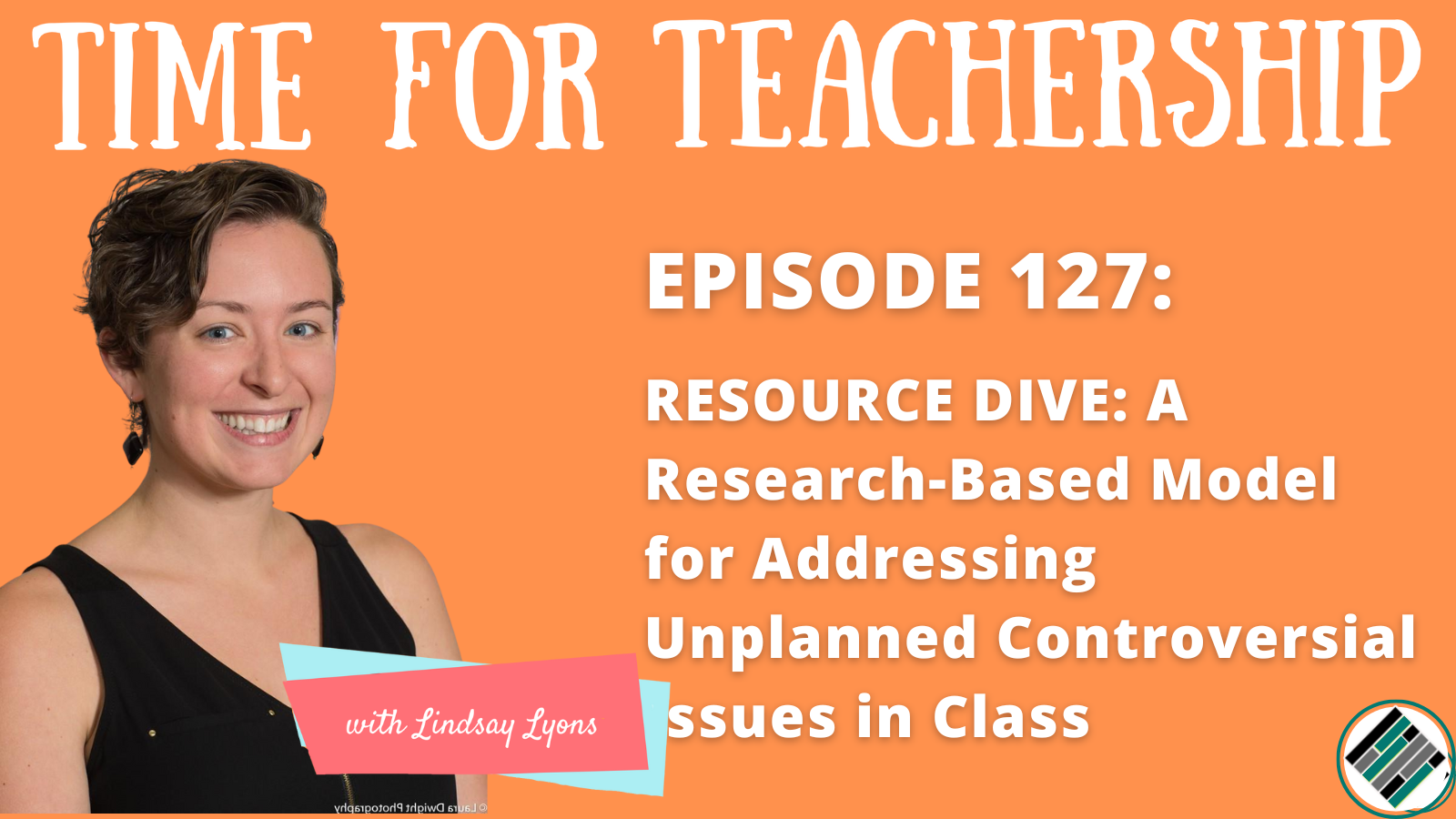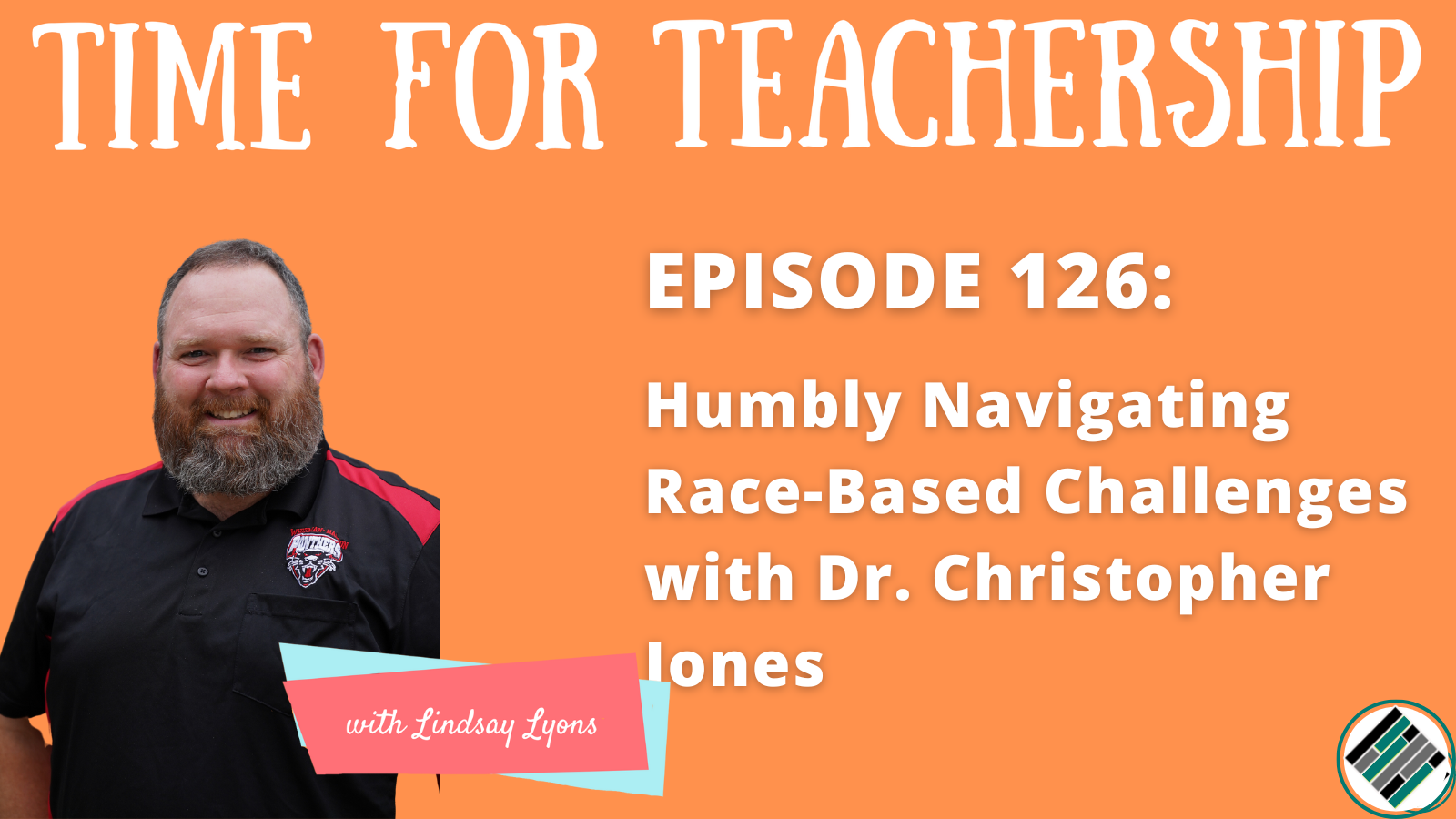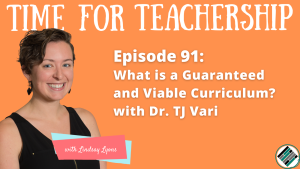
As educators, we wear a lot of hats. Every day is full of diverse, varied tasks and responsibilities that keep our days full. Dr. TJ Vari, guest on episode 91 of The Time for Teachership podcast, also wears many hats—he’s a superintendent in a fast-growing school district, professor, coach for principals, father, and social justice advocate.
And the variety of this experience, that we all have, is what makes us better educators.
Because with each new role, we learn something new that can be used to create positive change and impact in our schools. We touched on a lot of topics together, but most of it centered on this question: how do we evolve our current system so that it doesn’t just prepare students for the real world, but is the real world?
For Dr. Vari, two big shifts are achieving guaranteed and viable curriculum, and understanding the art and science of education.
Guaranteed and Viable Curriculum
One of the biggest problems with our current education system in America today is the variance. Dr. Vari pointed out just how diverse students’ experiences are—education differs between teachers, schools, districts, and states.
So even two students in the same school will have wildly different experiences learning, say, grade six math. And think about the differences across states, too!
The first step for any change to the school system, then, is to achieve guaranteed and viable curriculum:
- Guaranteed: All students get it.
- Viable: All teachers can teach it.
This can start from simple conversations between teachers in the same grade level. By identifying priority standards—what truly matters for students to learn—they can create cohesive unit plans that guarantee everyone is learning the same thing.
As you scale up, guaranteed and viable curriculum should be a priority across school districts and states, too. This is the way we can fight injustice and discrimination and ensure that all students have equal access.
Art and Science of Education
Talking about a guaranteed and viable curriculum might seem rigid to some educators—shouldn’t education be personalized? Isn’t there room for flexibility?
Dr. Vari offered a few thoughts on this dichotomy of flexible vs. rigid curriculum. From his perspective, it comes down to understanding the art and science of education. There are some things that are a science—studied, proven, and should be standard. Other things are an art—open to flexibility and creativity.
The four sciences of education are:
- Content knowledge: Educators need to know and understand their content inside and out.
- Pedagogy: Effective ways to teach content has been studied and proven—some things work, and others don’t.
- Disposition: How we interact with students matter and has also been studied to understand what’s effective and what’s not.
- Grading: Again, there are studies that show what is the most effective way to do this.
The art of education is just one thing… but a hugely important thing! It’s your creative flair as a teacher. It’s what makes you, you. It’s something no one can take away from you and should be embraced as a unique and beneficial strength you bring to the profession.
So instead of seeing a rigid curriculum in front of you, consider what’s an art and what’s a science. We can all study and grow in knowledge of the science of education while maintaining our unique and creative identities as educators.
—
This is just the tip of the iceberg from our conversation with Dr. TJ Vari on episode 91 of The Time for Teachership podcast. You can listen to the full episode or connect directly with him and his work at www.theschoolhouse302.com.
Quotes
- 4:18 “I am an advocate for school reform. That doesn’t mean that it needs to be a revolution—it can be an evolution. A revolution’s fine, but we’re going to meet a lot of resistance. I always say that the definition of leadership is influence, the challenge of leadership is conflict, and the result of leadership is change. And if you want change, you’re going to experience conflict.”
- 10:42 “The biggest problem we have in schools and education is variance … The variance for kids from one teacher to the next, one school to the next, one school system to the next, one state to the next. So, guaranteed and viable—let’s break that down. Guaranteed means that every kid gets it. And viable means we have trained staff who can deliver.”
- 24:10 “If we think less about a rigid curriculum and more about what is art in education—and part of the art is knowing what’s art and what’s not … that’s the part we need to think about.”
- 29:50 “We like to say that people need to know the why. And I think that’s true, but I think people need to try. So instead of just working on a culture of why, we need to work on a culture of try.”
Click to Tweet: https://ctt.ac/C8g5n

